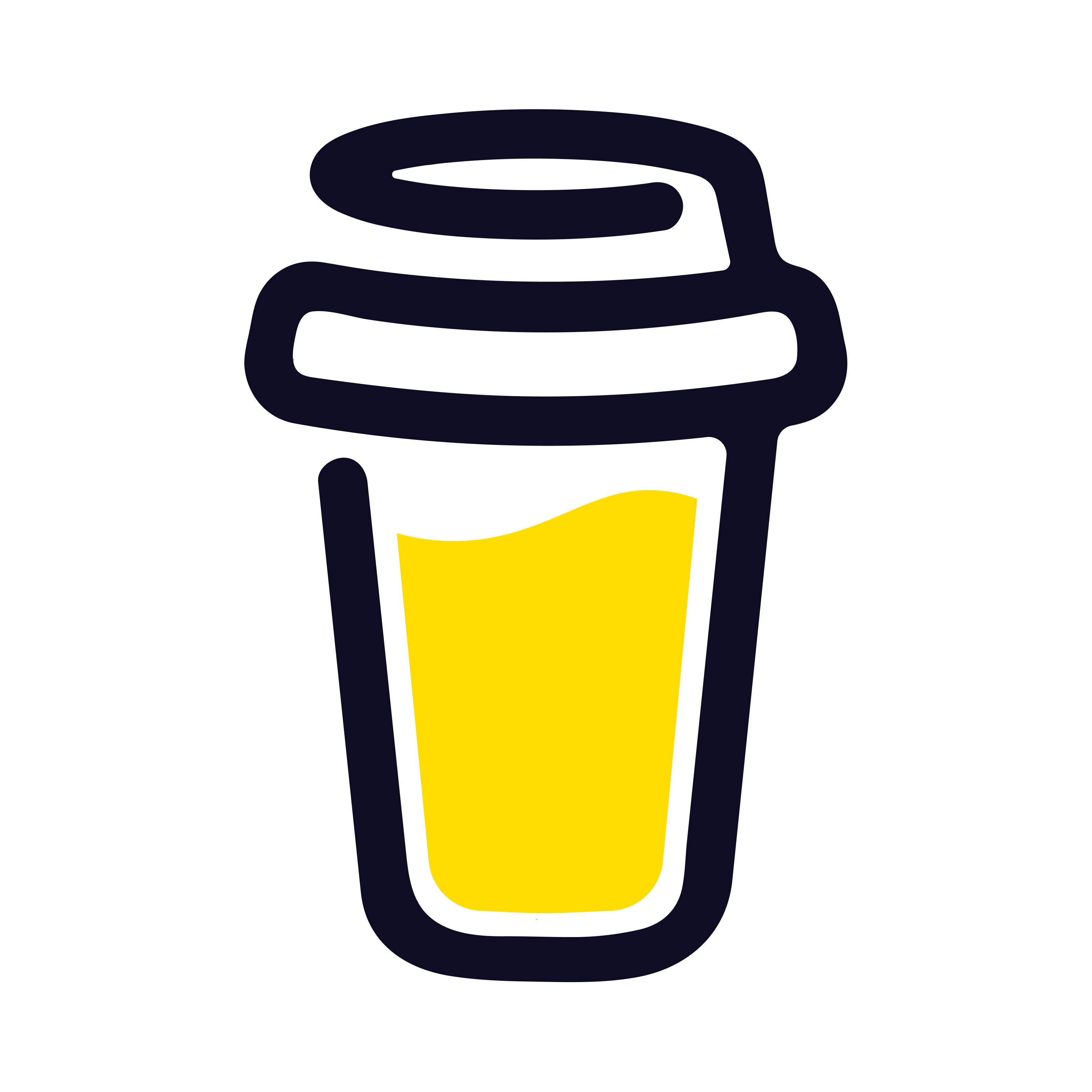Overview
Hold on. You might think that integrating google map in your next14 project should be hustling.
Surprisingly, it’s not. In fact, I had been putting it off while when crafting my coffices. However I found the process to be quite straightforward. Let me quickly share how I made it happen.
Set up GoogleMaps Platform account
Make an account
Payment Information
Follow the instructions to set up your billing information.
Get API_KEY
Just follow the instructions on the page.
Filter referer
Set your page’s hostname and local hostname
example)
https://coffices-co.vercel.app/
http://localhost:3000

Install @next/third-parties
npm install @next/third-parties@latest next@latest
Set API_KEY on env file
Create a .env.local file in your project's root directory and add:
NEXT_PUBLIC_GOOGLE_MAPS_API_KEY = "TYPE YOUR KEY HERE";
Make a component file
It’s generally better to divide parts into neat components.
import { GoogleMapsEmbed } from "@next/third-parties/google";
const GoogleMap = ({ locationName }: { locationName: string }) => {
return (
<GoogleMapsEmbed
apiKey={process.env.NEXT_PUBLIC_GOOGLE_MAPS_API_KEY || ""}
height={200}
width="100%"
mode="place"
q={locationName}
/>
);
};
export default GoogleMap;
Parent component
<GoogleMap locationName={cafe.title} />
How much does it cost per month?
If you use Google Maps API around 100 times per month, it will likely not cost you anything due to Google's $200 monthly credit for API usage. Here's the breakdown:
Dynamic Maps: $7 per 1,000 requests. Static Maps: $2 per 1,000 requests. With 100 requests per month, the cost would be minimal compared to the $200 monthly credit. Thus, you can effectively use the API for free unless you exceed this credit limit.
Conclusion
Integrating Google Maps into your Next.js 14 project is easier than you might think. By setting up your Google Maps Platform account, installing the necessary packages, and creating a simple component, you can quickly add map functionality to your site. I hope this guide helps you get started with your own integration. Happy coding!
